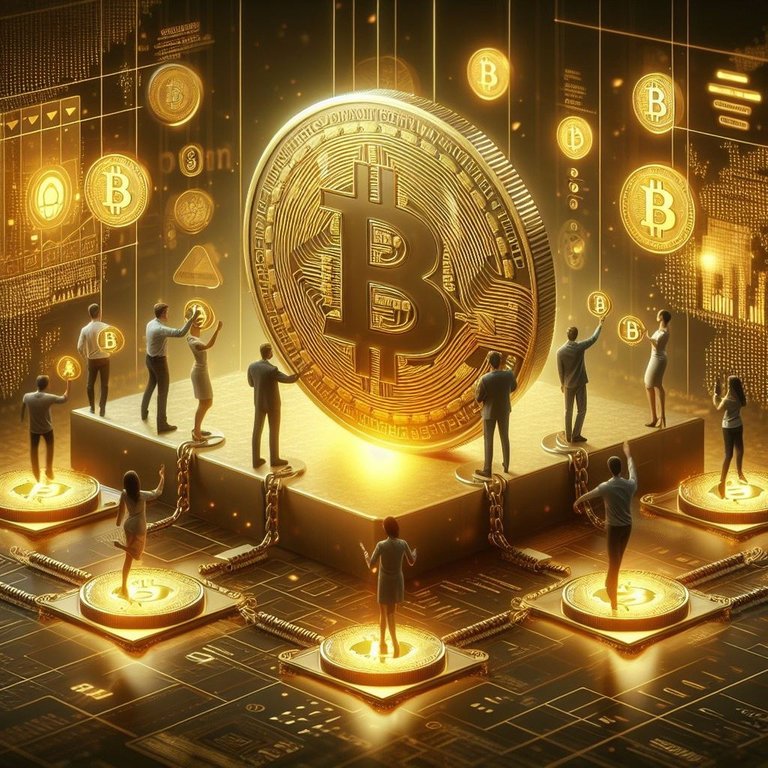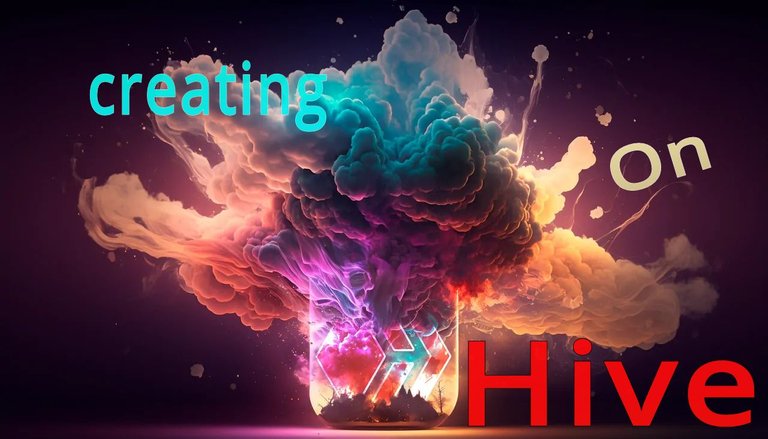Blockchain And Cryptocurrencies - What Really Are They?
We have gotten to a regime where the mass adoption of Cryptocurrencies seems imminent, especially with the fact that it has recently piqued the interests of governments and powerful financial institutions. You could imagine the influence it would have on mere mortals like us.
We are still at the early stages of it's mass adoption but there seems to be more interest now than in the previous years. Some, if not most in recent times have been drawn to it because of the relatively large profits it can give or it's ability to turn an average earner into a billionaire overnight, especially during the bull market, they just want be among the moon boys and girls. Could that really be what it was invented for ?
Cryptocurrencies are a part of a much bigger and complex structure, and this structure was originally invented to tackle certain challenges that plagued conventional financial structures. Some of these challenges we shall discuss but the main purpose of this article is to actually simplify and differentiate between certain concepts (that may seem alike) for those not well conversant with the technicalities. Since we are headed towards mass adoption, it would be nice if we actually understood what we are actually getting into, at least the basics, it's not all about mooning although it's also part of what makes it fun. How about we start with an interesting question, is bitcoin a cryptocurrency or a Blockchain?
Looks quite easy and majority may jump into the conclusion of it being a cryptocurrency or is it actually?
Before we proceed to answering such question, it would be nice if we actually understood certain fundamentals. In the financial world, there is what is called a "ledger", it's a record of all the transactions that takes place. For example, in a bank we have transactions like deposits, withdrawals, loans, transfers, loan payments, investments, e.t.c. The essence of keeping such records is for accountability and proper management of funds/assets. In conventional banking systems the ledger is usually centralized, this could lead to manipulation of data and destruction of the bank, but how ?
Every bank has different branches for the purpose of serving clients in other far away areas/regions. There's in addition a central authority - head of all branches, and other branches are expected to report and receive orders from the head. Each branch does transactions that are unique to it's area, no branch is aware of what the other branch does but from time to time, all are expected to report from their ledger to the head branch of which the data is recorded in a general ledger. One problem here is that one branch can decide to make up data - to probably save itself, send it to the head branch and the head branch would take it as genuine. This data could be used by the head branch to make decisions that it would later broadcast to other branches. If this false data causes the head branch to make a wrong decision, it can ruin the whole bank, including it's reputation.
One way out of this is through a distributed ledger, in this case, once a ledger is finished in each branch, it is immediately replicated and distributed/shared with other branches but that's not all. The central authority is removed and all the branches forms a P2P (peer to peer) network, in other words, each branch is it's own central authority and a consensus has to be reached by all branches to decide the validity of the ledger. You should be aware that for such consensus to be reached over the validity of a ledger, there has to be common rules/protocols that each branch must follow independently, these protocols is referred to as the "consensus algorithm". What we have just shown is how decentralisation comes into play.
So how does blockchains and cryptocurrencies fit into the above scenario?
Great question, a blockchain is actually a special kind of distributed ledger but with the bank branches in the previous scenario replaced with computers. If you have a series of transactions, the data of the transactions are represented in "blocks" - a block is formed after validation through the consensus algorithm, each block contains a set of transaction data from the series of transactions data and these blocks are then connected together through what is called a "cryptographic hash". This then forms a chain of blocks and this is where the name "blockchain" comes from. The cryptographic hash linking the blocks together is the encrypted data of the previous blocks. For example, given five blocks, block 1 data is encrypted and connected to block 2 (block 2 now has it's own data and that of block 1), block 2 data is encrypted and connected to block 3 (block 3 has it's own data and that of block 2 and block 1) and so does it continue till the fifth block. One of the purpose of a blockchain is to create a long linearized and permanent history of records which in turn helps to prevent double-spending and transaction data manipulation.
For transactions to be defined, currencies or transferrable assets have to exist and this is where digital currencies comes into play (for computers). A digital currency on a blockchain such as the kind we described previously is termed a "cryptocurrency" - there's a part we talked about data being encrypted, the encryption is mainly for security. The cryptocurrencies are stored in an encrypted digital wallet with "wallet addresses" somewhat playing the role of account numbers. The attributes of a blockchain (such as decentralization) are inherited by the digital currency and wallet built on it and you must see why some of us would rather prefer it to fiat currencies.
Bitcoin is a cryptocurrency that exists on a bitcoin blockchain, the consensus algorithm for the bitcoin blockchain being the popular "proof of work" where P2P computers solve equations/puzzles to validate transactions but this is not without the miners. The miners set the stage for the computers to begin solving the puzzles and in turn the miners are rewarded with bitcoin cryptocurrency - this is where the supply comes from. Every four years, the reward given to the miners is halved, thus leading to the popular "bitcoin halving" - a catalyst for the bull market. I believe the question posed earlier about bitcoin being a blockchain or cryptocurrency has been answered.
Currently, there are many different blockchains with their corresponding consensus algorithms, the popular algorithms being "proof of work" and "proof of stake" (Ethereum uses this). The consensus algorithms are what gives different blockchains their unique features. Also due to a blockchain's decentralized nature, multiple projects from different individuals can be built on the same blockchain, in other words, everyone is welcome to be his/her own boss.
Now that we have knowledge of it's basics or an intuitive idea of what we are engaging with, I guess it's safe to continue our mooning but.......invest wisely.
Have a lovely day and till I come your way again next time.
Lastly, please don't forget to do the needful
Upvote
Comment - constructive criticism is allowed
Reblog
If you enjoyed my post.


The peoples say this is the future asset, isnt't it?
Very likely. 😊